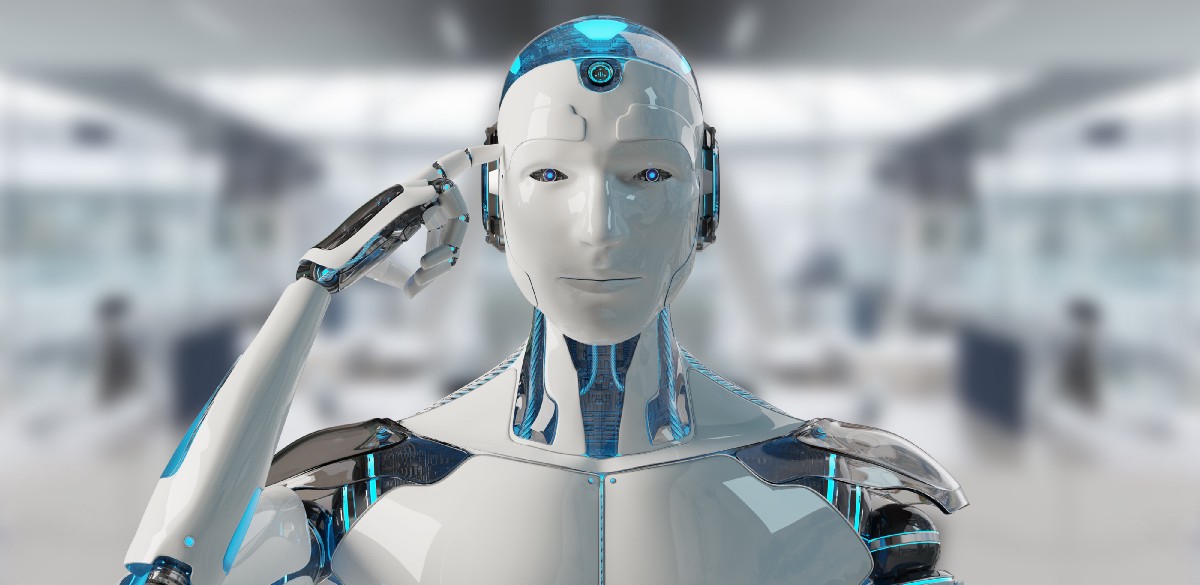It wasn’t that long ago that the most advanced robots in homes were little more than robotic vacuums, capable of roaming around the floor and sucking up dust and dirt. But thanks to rapid advances in artificial intelligence and machine learning, robots are becoming smarter and more human-like. In fact, it’s possible that in the near future Tesla and google, make your next robot helper could be a humanoid that wanders your home on two legs.
In 2022, we saw significant progress in the world of robotics. At Tesla’s AI Day, the company revealed the first two working prototypes of its Tesla Bot: a walking humanoid called Optimus, which was built using off-the-shelf parts, and a second, more advanced version of Optimus that the company plans to put into production.
Optimus is powered by Tesla’s self-driving AI, but instead of being designed to navigate roads and understand traffic lights, the AI has been modified to navigate the rest of the world and detect everyday objects and humans.
Speaking at AI Day, Tesla CEO Elon Musk said that the robot was designed to be an extremely capable in-home helper that could be purchased as a gift for parents. “Optimus is designed to be an extremely capable robot made in very high volume – probably, ultimately, millions of units,” Musk said. “And it’s expected to cost much less than a car.”
In addition to Tesla’s efforts, Google is also working on robots that can understand and respond to vague phrases such as “I spilled my drink,” and then figure out the steps needed to solve the problem. These developments show the potential for robots to play a larger role in our daily lives in the near future, as they become increasingly advanced and capable of understanding and responding to our needs.
The world of robotics has come a long way in recent years, with advances in artificial intelligence and machine learning leading to the creation of smarter, more human-like robots. In 2022, both Google and Tesla made notable contributions to the field by incorporating their advanced AI technology into physical robot bodies.
Google’s AI technology, called Palm Say-Can, was implemented in robots developed by Everyday Robots, a company formed from Google’s X initiative. These robots are able to understand and respond to vague instructions such as “I’m hungry” using machine learning, rather than being programmed with specific commands. This allows them to perform tasks and solve problems in a more flexible and intuitive manner.
Meanwhile, Tesla has developed a walking humanoid robot called Optimus, which is powered by the company’s self-driving AI. This AI has been modified to navigate the home and detect everyday objects and humans, rather than being designed to understand traffic signals and navigate roads. Tesla also revealed a more advanced version of Optimus intended for production.
These developments demonstrate the potential for robots to play a more significant role in our daily lives, with the ability to understand and respond to our needs in a natural and intuitive way. As robots become more advanced and human-like, it’s likely that we’ll see them becoming increasingly integrated into our homes and daily routines. Companies such as Google and Tesla are at the forefront of this trend, leading the way in the creation of ultra-intelligent droids designed to seamlessly interact with humans.


